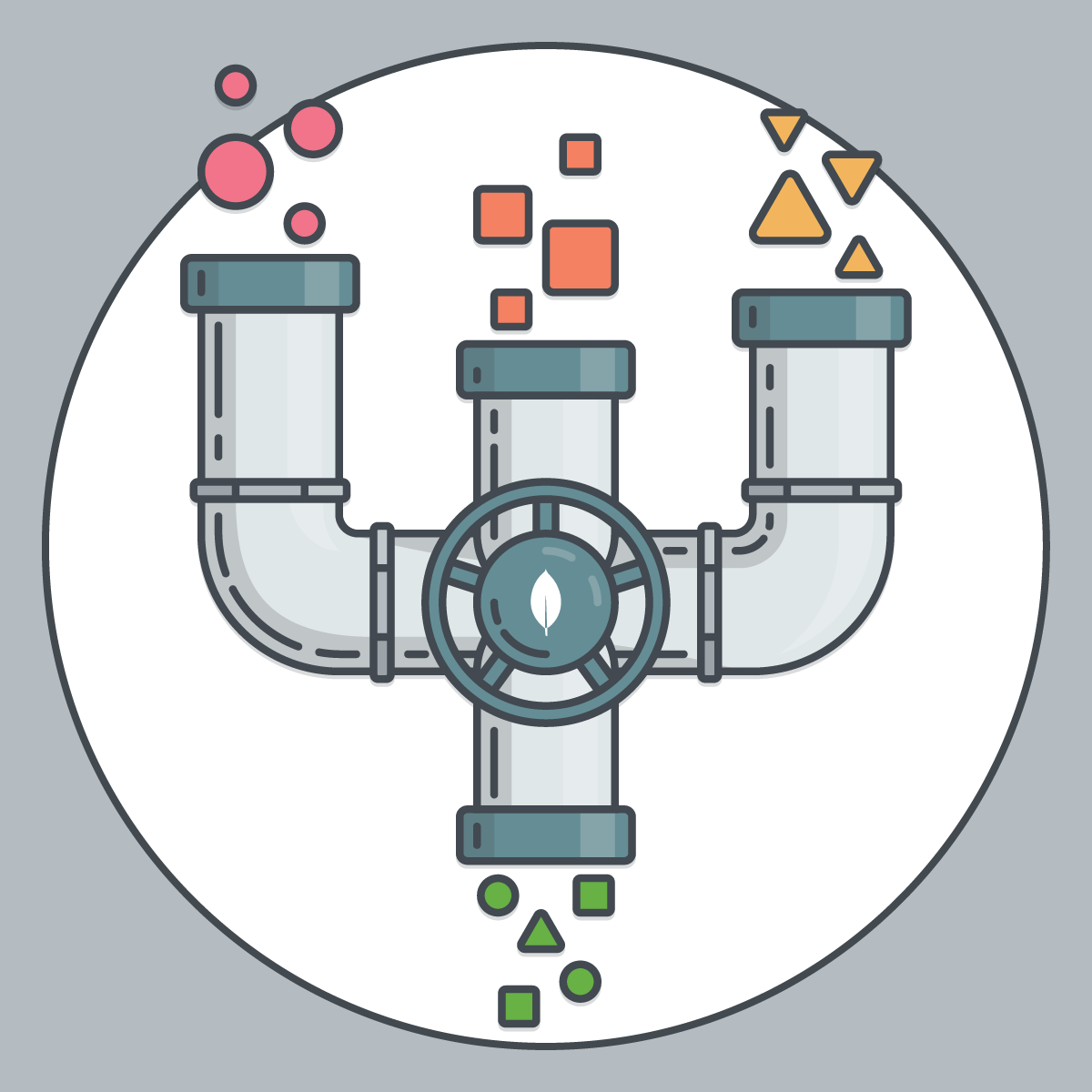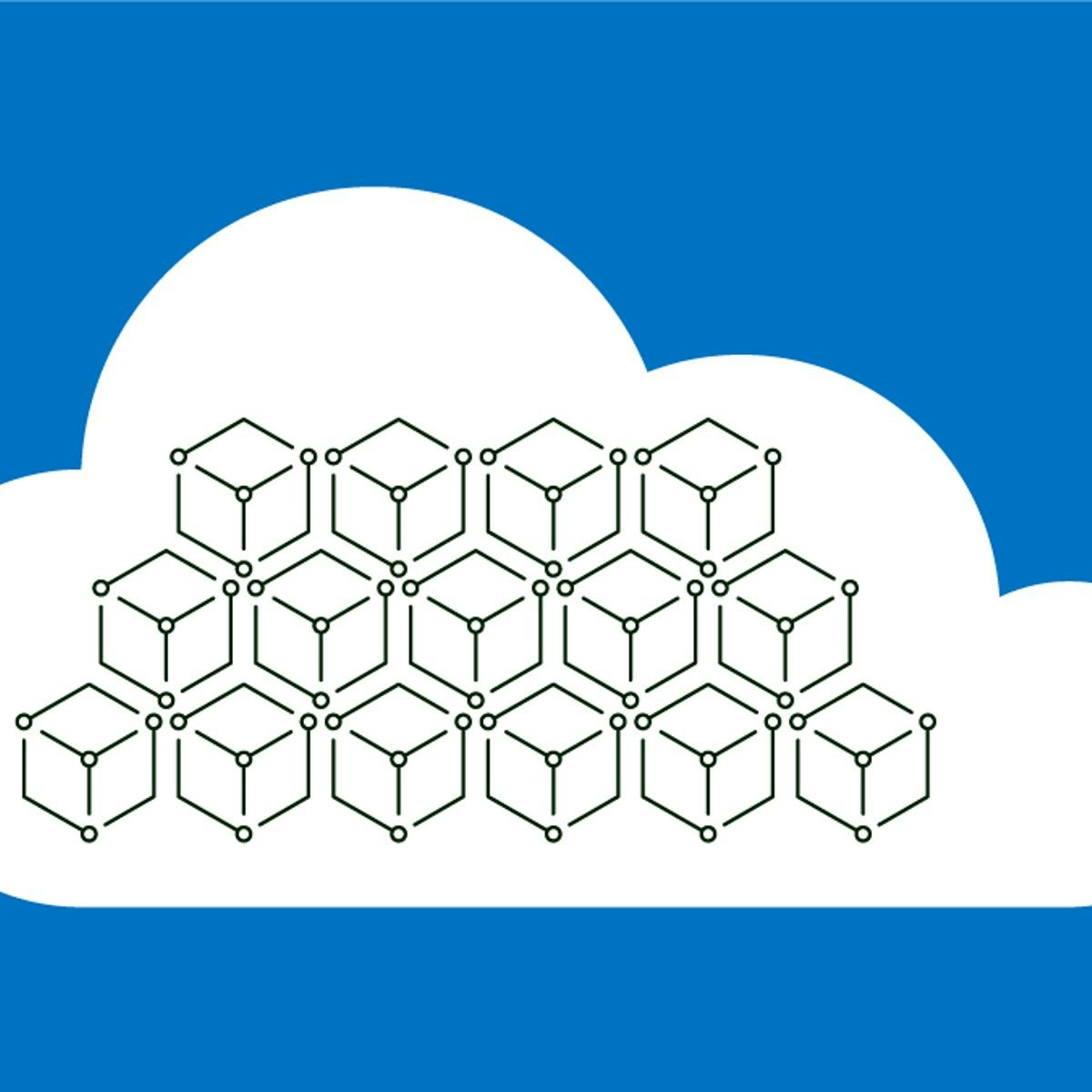Back to Courses









Information Technology Courses - Page 40
Showing results 391-400 of 1471

MongoDB Aggregation Framework
This course will teach you how to perform data analysis using MongoDB's powerful Aggregation Framework.
You'll begin this course by building a foundation of essential aggregation knowledge. By understanding these features of the Aggregation Framework you will learn how to ask complex questions of your data. This will lay the groundwork for the remainder of the course where you'll dive deep and learn about schema design, relational data migrations, and machine learning with
MongoDB.
By the end of this course you'll understand how to best use MongoDB and its Aggregation Framework in your own data science workflow.

Application Modernization for Enterprise Systems
During this learning journey, you will be learning how to apply modernization in your Hybrid Cloud environment including IBM Z.
We will look at lifecycle enablement by using DevOps, how to create an application centric environment, Establishing Data Centric Integration and utilize events to drive responses.
By using digital content, use cases and hands-on exercises we provide theability to look and learn what it takes to achieve and implement modernization in the best way possible.

Create a Database with the Modeling Tool in MySQL Workbench
In this project you will use the Modeling and Design Tool in MySQL Workbench to design and create a multiple-table relational database. As a DBMS (database management system), MySQL is used by many organizations for managing a variety of types and sizes of databases. MySQL Workbench acts as an integrated development environment allowing users to work with relational databases using a visual user interface rather than the command line. Hands-on activities include using the Modeling and Design Tool to draw a database design diagram, generating the database from that diagram, and then using MySQL Workbench features to load data into the database tables. You will also find an optional Challenge Task and an optional Capstone task for extra practice.
Note: This course works best for learners who are based in the North America region. We’re currently working on providing the same experience in other regions.

Kubernetes: Basic Architecture and First Deployment
This course is designed for the absolute beginner to Kubernetes who is asking the question: What is going on with all this Kubernetes stuff?! We take a theory and practical approach to try to demystify the core concepts of Kubernetes to enable you, the user, to be confident going forward and using Kubernetes yourself.
We will acheive this by focussing on the following learning objectives:
1. Understanding core fundamental concepts of Kubernetes
2. Write an actual Kubernetes Deployment
3. Create a cluster and service to expose the cluster to outside connections
By the end of this course, you will know what Kubernetes is all about. You will know its use case as well as the basic architecture behind a Kubernetes cluster at a high level. You will be confident to start using commands against clusters.

Introduction to Containers w/ Docker, Kubernetes & OpenShift
With a median salary of $137,000, developers with container skills are in demand. More than 70 percent of Fortune 100 companies are running containerized applications. But why?
Using containerization, organizations can move applications quickly and seamlessly among desktop, on-premises, and cloud platforms.
In this course designed for beginners, learn how to build cloud native applications using current containerization tools and technologies such as containers, Docker, container registries, Kubernetes, OpenShift, and Istio. Also learn how to deploy and scale your applications in any public, private, or hybrid cloud.
Each week, you will apply what you learn in hands-on, browser-based labs. By the end of the course, you’ll be able to build a container image, then deploy and scale your container on the cloud using OpenShift.
If you understand basic cloud and programming concepts, and your career path includes roles
such as cloud developer, cloud architect, cloud system engineer, DevOps engineer, and cloud networking specialist, this course is for you!
Take the next step in your cloud career by learning more about containers!

API Gateway: Qwik Start
This is a self-paced lab that takes place in the Google Cloud console.
API Gateway enables you to provide secure access to your services through a well-defined REST API that is consistent across all of your services, regardless of service implementation. In this lab, you will deploy an API on API Gateway to secure traffic to a backend service.

Introduction to the Juniper Contrail Networking Solution
This course will introduce you to Juniper Networks Contrail Networking (CN2) , a cloud-native SDN solution for intelligent networking and security for Telco and IT cloud. You will learn about the concepts of a virtual network, underlays and overlays, as well as tunneling protocols such as VXLAN. The course will explore Network Functions Virtualization (NFV) and software-defined networking (SDN) approaches. You will learn about cloud-native Contrail Networking architecture and integration with orchestrations systems such as Kubernetes. Navigating the Contrail user interface and Contrail’s advanced networking features to create Kubernetes custom networks and multi-interface Pods will also be explored.

Exploring Your Ecommerce Dataset with SQL in Google BigQuery
This is a self-paced lab that takes place in the Google Cloud console. In this lab, you learn to use BigQuery to find data, query the data-to-insights public dataset, and write and execute queries.

Automating your BigQuery Data Pipeline with Cloud Dataprep
This is a self-paced lab that takes place in the Google Cloud console.
In this lab, you will examine how Dataprep can be used on complicated data structures in BigQuery.

IoT Networking
This course builds on the first two courses in this series: IoT Devices and IoT Communications. Here you will begin to learn enterprise IoT. Enterprise networks, from first-hop access to backend IoT services are critical because they allow your IoT devices to reach the Internet and achieve their true intelligence. IoT places extreme demands on first-hop access - ultra-dense deployments challenge spectrum allocation, the need to provide strong segmentation yet let devices reach into IoT services such as gateways and databases. During this week you will begin to learn about these challenges, and the underlying protocols and technologies of wired networks that can help you to address them.
Popular Internships and Jobs by Categories
Browse
© 2024 BoostGrad | All rights reserved


